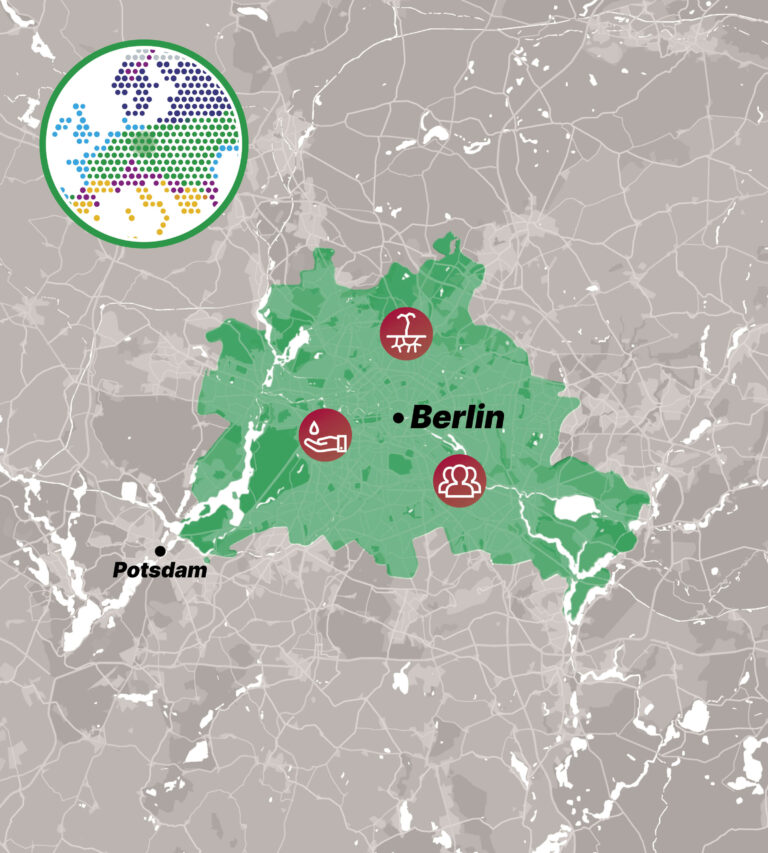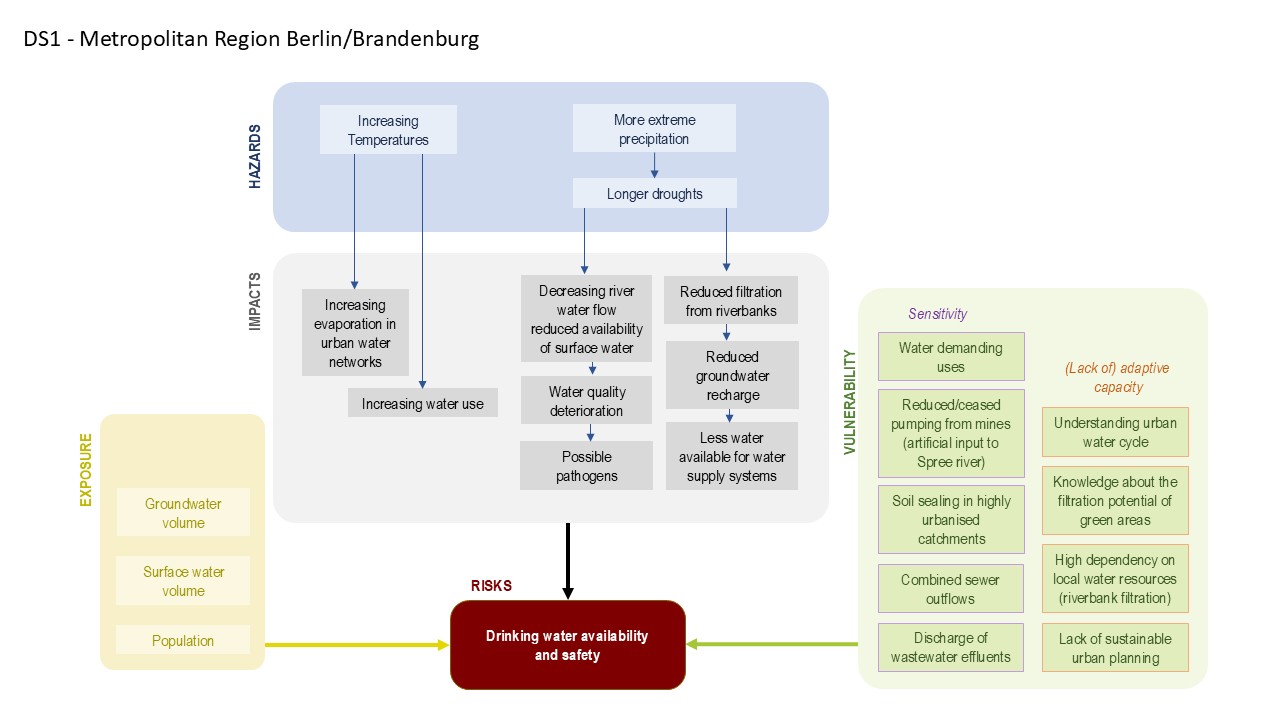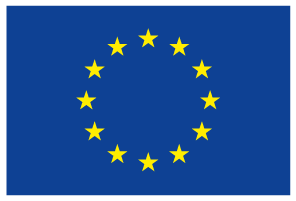The metropolitan Berlin-Brandenburg region in the north-eastern German lowlands has a relatively high surface area of rivers and lakes. Main rivers flowing through Berlin are Spree and Havel. However, natural flow is low and increasing temperatures have led to higher evaporation rates and drought periods resulting in reduced river flows. In addition, the nearby open pit mine in Lausitz stays dry by pumping its groundwater into the river Spree. On average, one third of the river water is coming from the open pit mine. Due to Germany’s decision to exit coal production until 2038, the pit mine in Lausitz will also end its operation resulting in further reduced river flow in the Spree river.
For production of drinking water, Berlin mainly relies on riverbank filtration and groundwater recharge using surface water as main sources. As some of the surface waters used for bank filtration are impacted by treated wastewater discharged upstream by wastewater treatment plants, the water cycle is partially closed. When river flows decrease, the water quality in affected rivers decreases as well due to higher shares of treated wastewater resulting in increasing challenges for water management.
To address these challenges, Berlin developed the “Masterplan Wasser”, Berlin’s comprehensive strategic framework for future water management. The plan includes over 30 concrete measures for securing drinking water supply, protecting water bodies, and adapting wastewater management. Significant investments are proposed to enhance water and resource protection, aiming to close knowledge gaps, minimize uncertainties, and develop adaptive measures for future challenges.




